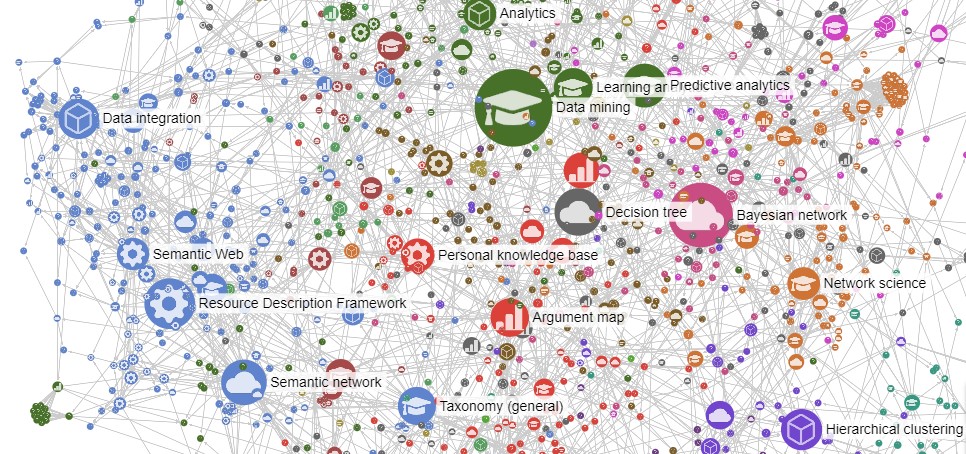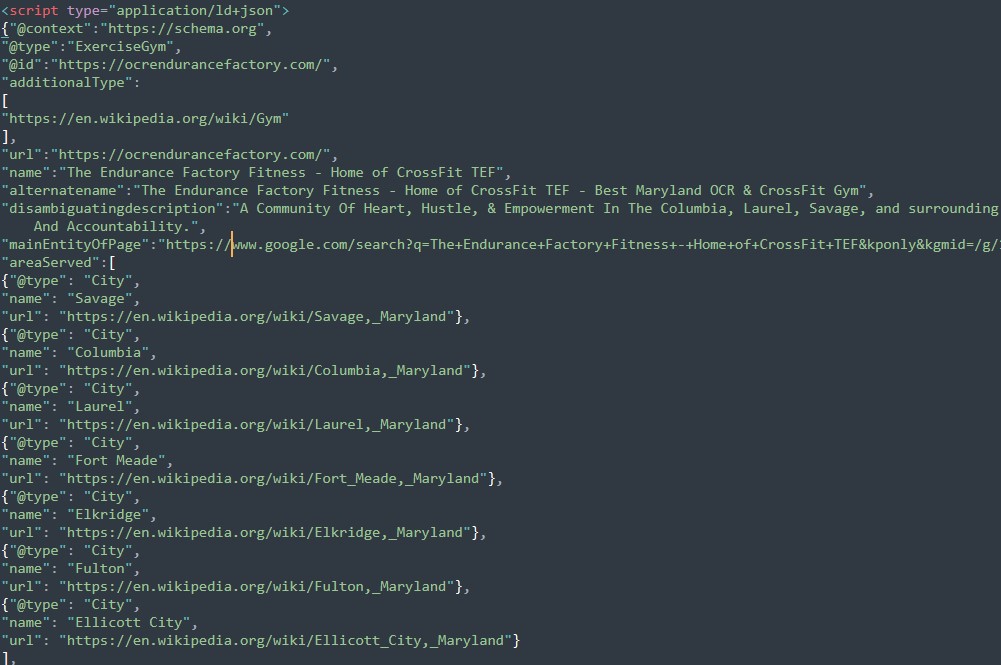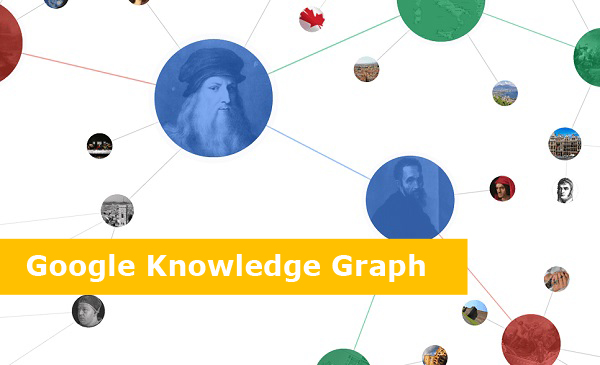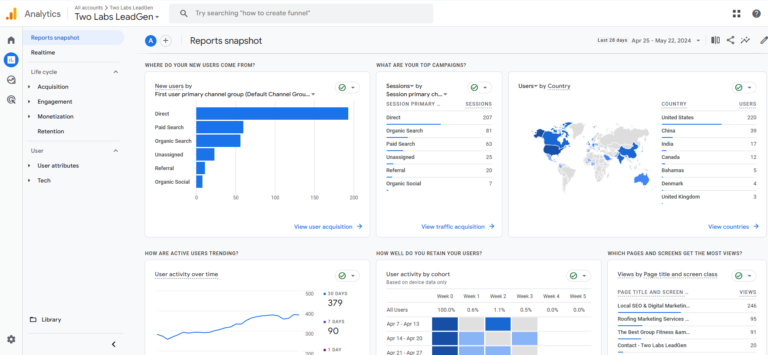Table of Contents
ToggleMost SEO strategies focus on traditional keyword optimization, but the use of semantic triples can significantly enhance search visibility for websites. By understanding how semantic triples aid search engines like Google in interpreting and organizing content, website owners can optimize their online presence effectively. Semantic triples go beyond keywords by helping search engines grasp the relationships and context within text, ultimately improving the accuracy and relevance of search results for users.

Through the utilization of semantic triples, websites can enhance their presence on search engines like Google by feeding into the Knowledge Graph and aiding in the classification of entities. This enables search engines to provide more accurate and pertinent search results based on user intent. By implementing structured data and schema markup to express semantic triples, website owners can establish connections between entities and improve search accuracy. This blog post will investigate deeper into the significance of semantic triples in improving search visibility and provide insights on how website owners can leverage this concept to enhance their online presence.
The Basics of Semantic SEO
Understanding SEO Beyond Keywords
While traditional SEO often revolves around keywords, Semantic SEO explores deeper into the real-world relationships and context within the text. Semantic triples play a crucial role in helping search engines, like Google, understand content on a more profound level. By going beyond surface-level keywords, semantic SEO enables a more nuanced understanding of website content.
Semantic SEO aids in teaching search engines to read between the lines by identifying entities, establishing connections, and building a web of interconnected concepts. This approach allows for improved search accuracy and relevancy by providing search engines with richer contextual information beyond just keywords.
The Role of Semantics in SEO

Semantic SEO encompasses the use of semantic triples, which consist of subject-predicate-object entity relationships. By implementing structured data and context-rich content, websites can enhance their search visibility and relevance. This structured approach helps search engines categorize and organize content more effectively, leading to better search results for users.
Beyond keywords, semantic SEO focuses on understanding the meaning and context of the content. By utilizing semantic markup and schema data, websites can align their content with user intent and improve their chances of appearing in rich snippets and knowledge graph results. This holistic approach to SEO provides a more comprehensive understanding of website content and its relevance to search queries.
Semantic Triples and the Google Knowledge Graph
The Significance of Google’s Knowledge Graph in Semantic SEO

As of now, the Knowledge Graph contains information on over 70 billion entities and more than 500 billion facts, enabling Google to provide more precise and contextually relevant search results.
To fully leverage the power of semantic SEO, website owners, and content creators must acknowledge the significance of the Google Knowledge Graph. By feeding semantic triples into this knowledge base, websites can enhance their chances of appearing in rich snippets, knowledge panels, and other special search result features, thereby improving their visibility and authority in the digital landscape.
Contributing to the Knowledge Graph Through Semantic Triples
Semantic triples help Google identify entities and their relationships, ensuring that search results are accurate and tailored to user intent. By incorporating schema markup and semantic triples into web content, websites can establish a stronger connection with the Knowledge Graph, ultimately enhancing their search visibility and online presence.
Knowledge Graph embeddings, such as rich snippets and knowledge panels, rely on semantic data to deliver informative search results. Websites that prioritize semantic triples and structured data not only improve their chances of appearing in these features but also provide users with more relevant and valuable information. As Google continues to prioritize the use of structured data for search results, embracing semantic SEO practices will be important for maintaining competitive visibility in the digital landscape.
Entity Recognition and Classification
Your website contains a wealth of information that search engines like Google need to understand in order to properly index and rank your content. Semantic triples play a vital role in this process by aiding in the recognition and classification of entities within your text.
Defining Entities in Semantic Triples
To effectively utilize semantic triples, you must define entities within your content. Entities can be anything from people, places, products, and events, to abstract concepts. By structuring your data into subject-predicate-object triples, you provide search engines with clear signals on the relationships between these entities.
Classification is imperative in helping search engines determine whether a particular entity in your content refers to a person, place, or thing. Without proper classification, search engines may struggle to provide accurate search results to users. For example, the word “Apple” could refer to the tech company, the fruit, or a record label. Providing context around entities helps search engines interpret the meaning behind your content more effectively.
Enhancing Search Accuracy with Semantic Relationships
The Concept of Subject-Predicate-Object in Triples
Relationships play a crucial role in the world of semantic triples, where data is structured into subject-predicate-object relationships. In this model, the subject represents the entity, the predicate describes the relationship between entities, and the object specifies the value of that relationship. This structured approach allows search engines to better understand the context and meaning of the content on a webpage.

By utilizing semantic triples, websites can provide search engines with clear and structured data that enhances the accuracy of search results. For example, indicating that “John” (subject) “likes” (predicate) “pizza” (object) helps search engines establish relationships between entities and deliver more relevant search results to users looking for information related to John or pizza.
How Search Engines Utilize Semantic Relationships
One way search engines utilize semantic relationships is by creating a web of interconnected concepts and facts through semantic triples. By understanding the relationships between different entities, search engines like Google can provide users with more accurate and relevant search results based on their search queries. This enables search engines to better match a webpage’s content with user intent, leading to a more satisfactory search experience for the user.
Enhancing search accuracy through semantic relationships is crucial for improving search visibility and organic traffic to websites. Semantic triples aid search engines like Google in understanding the context and relationships within content, ultimately influencing rankings and visibility in search results. By structuring data into subject-predicate-object relationships, websites can enhance their search visibility and provide users with more targeted and meaningful search results.
Structured Data Markup and Schema.org
To enhance search visibility and improve overall SEO performance, website owners can utilize structured data markup through Schema.org. According to a study by Search Engine Journal3, websites with structured data markup can achieve a 30% increase in organic traffic.

Structured data markup allows webmasters to provide explicit clues to search engines about the meaning and context of their content. Schema.org is a collaborative effort by major search engines like Google, Bing, Yahoo, and Yandex to standardize structured data markup across the web.
By incorporating Schema.org markup, website owners can categorize their content into specific types such as events, products, organizations, and more. This structured approach enables search engines to better understand the content on a webpage and display relevant information in search results.
Implementing structured data markup using Schema.org can lead to rich results in search engine listings, including rich snippets, knowledge panels, and other enhanced search features. This not only improves the visibility of a website but also enhances the overall user experience by providing more informative and engaging search results.












